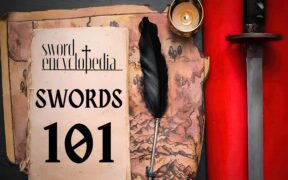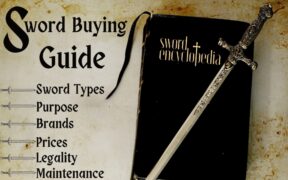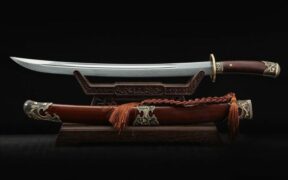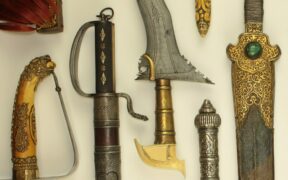Our content features commercial links to our products, committed to transparent, unbiased, and informed editorial recommendations. Learn More
Sword Collection: A Beginner’s Guide and Everything You Need to Know
NO AI USED This Article has been written and edited by our team with no help of the AI
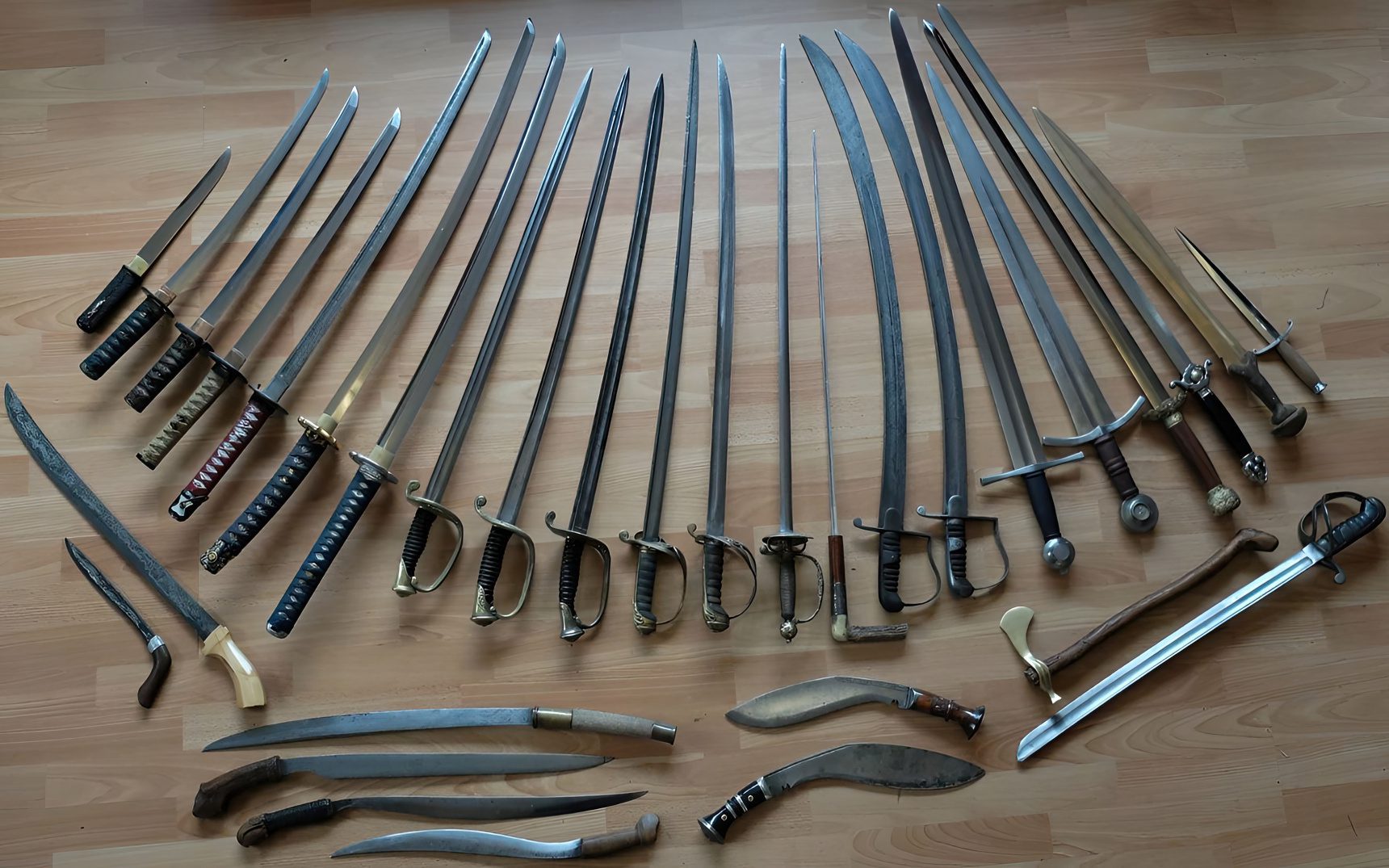
The art of sword collecting can be an interesting pastime, but if it’s not your area of expertise, it can be expensive and complicated, especially for those new to the hobby. Collecting swords can feel like you are putting together a complicated puzzle with pieces from different eras throughout the history of the world.
But fear not!
This guide will explain everything you need to know about collecting swords. We’ll start with the basics and help you tell the different kinds of swords apart and understand how they fit into history. Then we will delve into the different reasons for taking an interest in the craft.
By the end of the article, you’ll know everything important about sword collecting. This article aims to make your sword-collecting adventure fun and satisfying.
Types of Swords For Collecting

When it comes to gathering swords, two main types stand out: historical and fantasy sword designs. Historical swords are rooted in the history of various countries and periods throughout the world, giving us a window into the past.
Fantasy swords come from people’s imaginations and are often seen in movies, books, and video games. They stand out in a collection because of their elaborate and ornate designs.
Historical Blades
When you have a collection of historical swords, they represent many diverse cultures and epochs. For instance, the smooth, bent blade of a Japanese Katana reminds us of the self-control of the Samurai, while the heavy, double-edged sword reminds us of the bravery of European knights in the Middle Ages. Each looks different and has its own story, which makes it an interesting collector’s item.
Japanese Swords
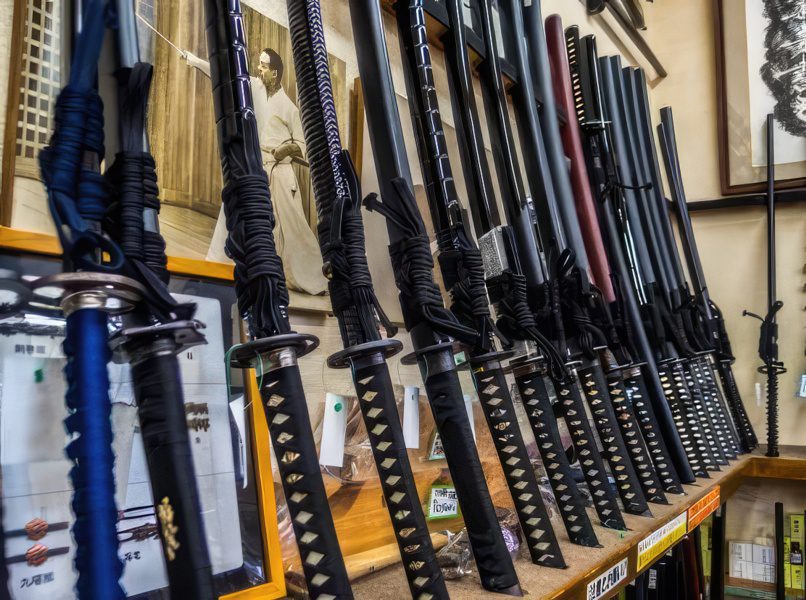
The most popular sword-collecting blades are Japanese swords, which bring to mind brave Samurai and their quiet, respectful duels. From ancient times to today, these blades have changed into symbols of discipline, skill, and the “Way of the Warrior,” or Bushido. Their purpose goes beyond war, and they have become a symbol of cultural values and artistic expression.
Collectors from all over the world are drawn to the undeniable appeal of these swords. Some fans can trace the blades back to warriors like Miyamoto Musashi, the unbeaten Samurai whose ideas still influence martial arts today. The fact that these swords are still used in kendo and Iaido shows that they are useful, which is a homage to the time-tested rituals and interesting stories inscribed on their sharp, polished edges.
European Swords
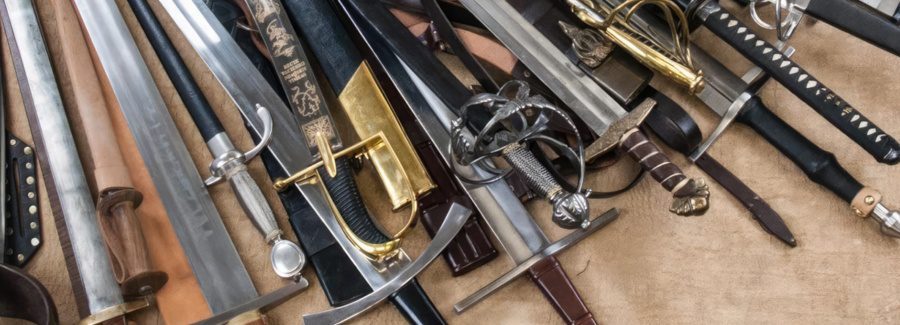
European blades are some of the most interesting and popular in sword collecting. They remind us of stories of brave knights, like Richard the Lionheart in the 12th century. They remind us of fierce gladiators with their short swords and epic legends like Joyeuse, the sword of Charlemagne, King of the Franks, during the 8th century. Once used for conquest and pride, these steel marvels have been around since antiquity and have been used for everything from war to religious and crowning ceremonies.
The passion for these weapons persists today as collectors worldwide buy them because of their intricate patterns and historical value. They are also still popular in current Historical European Martial Arts (HEMA), which shows that they have always been important and that we continue to be interested in these symbols of power and artistry.
Here are just a couple of popular European swords that you might choose to start your sword collection with:
Ancient Swords
- Gladius
- Xiphos
- Kopis
- Falcata
- Falx
- Spatha
Medieval Swords
Modern Swords
- Rapier
- Smallsword
- Broadsword
- Two-handed Great Sword
- Cutlass
- European Saber
Chinese Swords
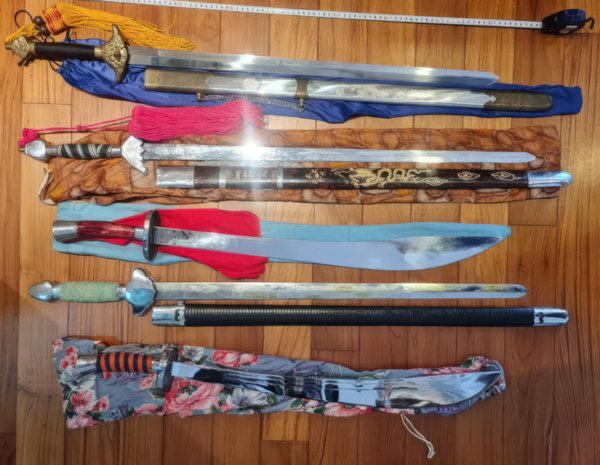
Explore the rich history of Chinese swords, symbolizing brave fighters, wise philosophers, and the dynastic changes that have shaped the country’s long history. From ancient times to today, these blades were used for more than fighting. As shown by the yin-yang symbol, they also became a way to live out philosophical ideas of unity and balance.
Today, collectors worldwide are drawn to these Asian gems because of their unusual shapes and intricate writing. Traditional Wushu martial arts still use these swords to slice through the air in an energetic fashion. This shows how important they are culturally and how they represent the knowledge and history of Ancient China.
West Asian or Middle Eastern Swords or Scimitars
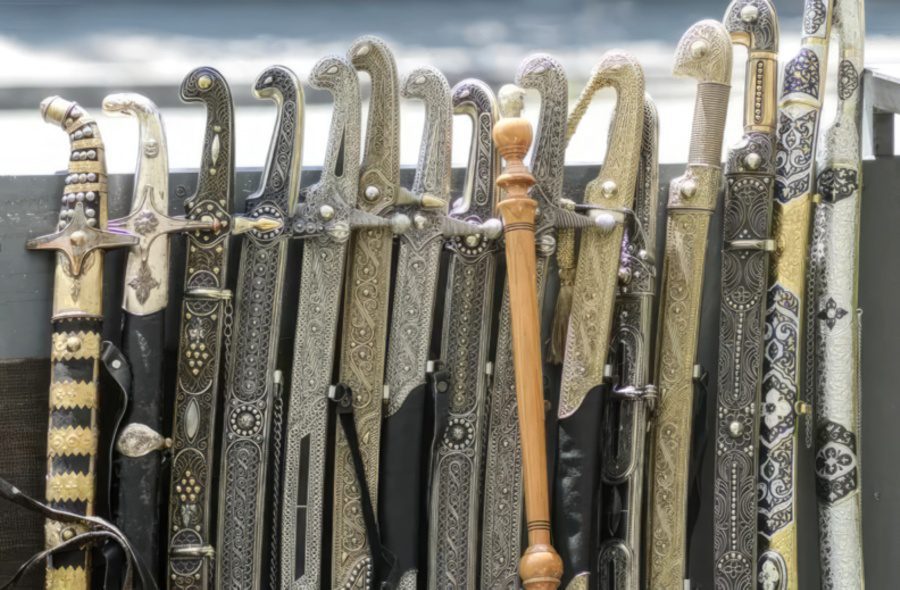
Middle Eastern and Indian swords tell a fascinating story of desert warriors, fierce sultans, and legendary battles in arid landscapes and grand palaces. From antiquity to the present, the story of these swords has been woven into the very fabric of society and used as symbols of power, prestige, authority, and tools of war.
Even now, collectors worldwide are still drawn to these eastern blades because of their exotic design and interesting history. They are also some of the most expensive swords in the world. People who want to learn more about the past through these beautiful steel objects are mesmerized by their unique shapes and intricate decorations, which balance function and beauty.
African Swords
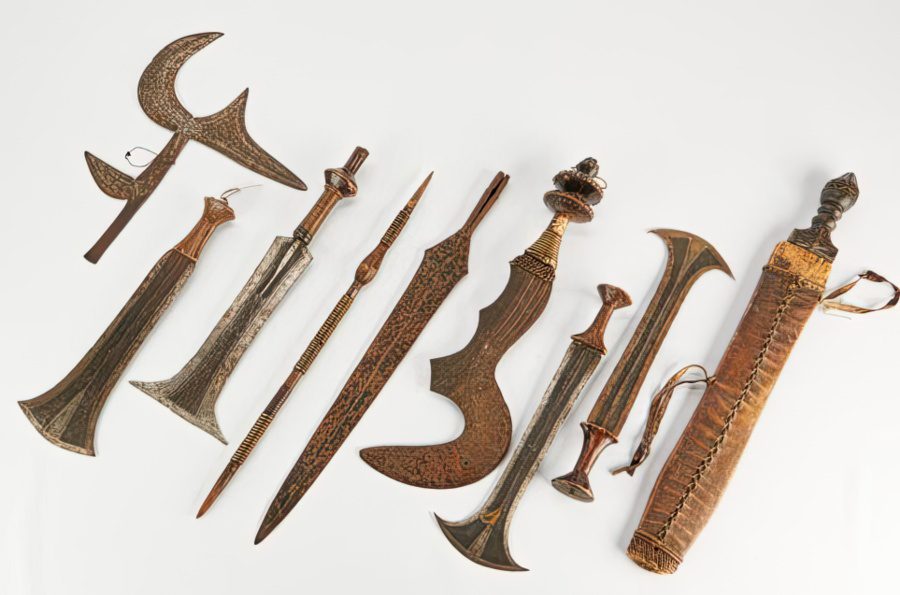
African swords have a unique appeal because their designs are a perfect blend of the strange, the terrifying, and the beautiful. Even though they might not be as well-known, their uniqueness is unmatched in the world of sword collecting. They are some of the most antique sword styles because many were created throughout the 18th and 19th centuries.
These blades combine usefulness with appeal, showing how diverse and deep-rooted African culture is. Their shapes can be beautiful and terrifying at the same time, reflecting the continent’s violent past and strong narrative. This makes them some of the most interesting and sought-after collective pieces worldwide.
Fantasy Blades
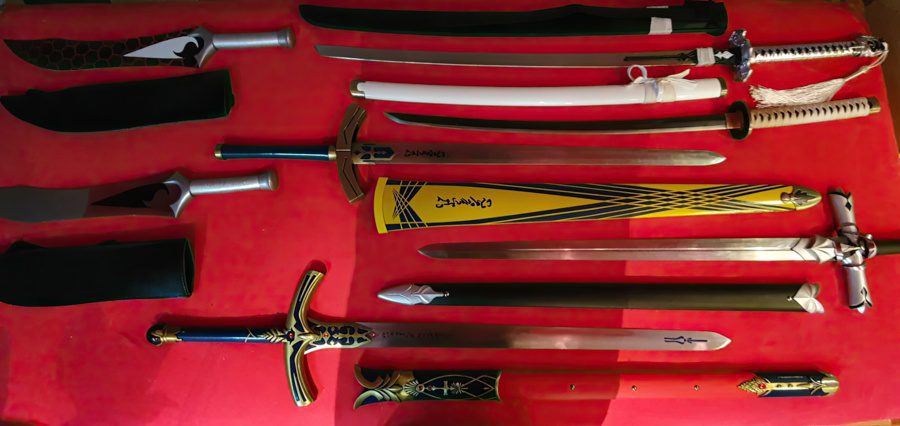
Fantasy swords are just as interesting and valid to add to a collection of blades, and they bring the creative ideas from popular media like Lord of the Rings, The Hobbit, and Game of Thrones to life.
These swords are often based on swords from the historical blades of the past, with an added dash of fantasy to their design. Consider the elegant Elven Swords from the Lord of the Rings with their curve and grandeur or Jon Snow’s sturdy, massive, and wolf-hilted grayish Valerian steel Longclaw used in Game of Thrones.
However, some are completely fabricated and untethered by historical constraints. By collecting these, fans can connect with their favorite stories and characters, giving their collections a new dimension𑁋for example, anime gigantic and broad blades like the Buster Sword used in the Final Fantasy series.
Here are the two main types of fantasy blades that you could consider:
- Fantasy Swords – inspired by blades from modern media and anime
- Historical Legendary Swords – inspired by legends and myths
Sword Collecting Purposes
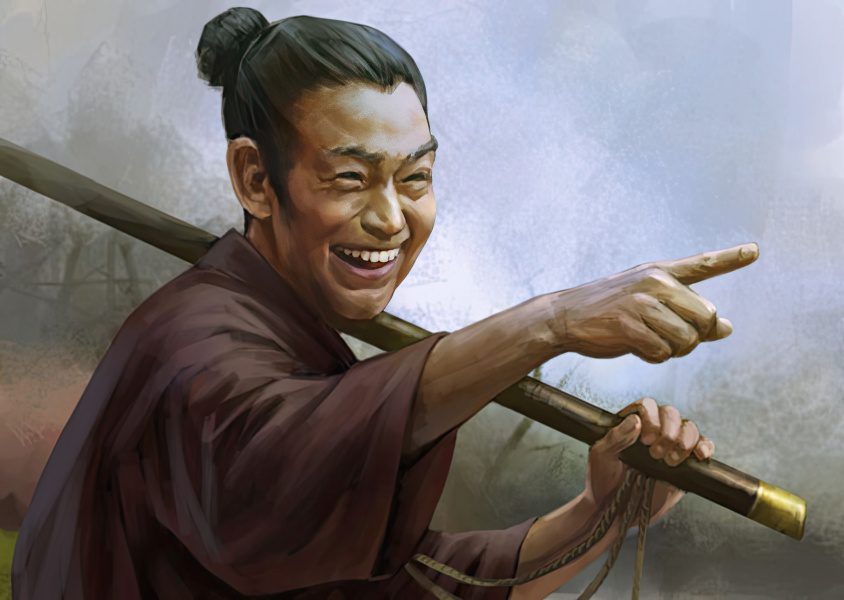
A sword collector can have multiple reasons for owning a couple of blades, varying from person to person. The following are the main reasons why someone would have ten, twenty, or even 100 swords in their collection.
Historical Appreciation
Swords are pieces of history with their own story to tell. Some may be fairly new, created in the 21st century, but can have a design with a unique historical replication of a certain era. Each sword can represent a different time in history, from the order of the Samurai society to the power of the Roman legions.
Decoration
Swords add an interesting feature to any room’s decor. Whether on the wall or in a case, their unique shapes and patterns make great conversation starters and show off one’s personal style. A well-placed sword can improve the look of a room and show a unique mix of history and fantasy.
Practice
Swords are used in many forms of martial arts, like Kendo and European HEMA swordsmanship. Training with real weapons adds a different level of realism that helps you learn and understand these curious arts. Owning a sword lets fans practice whenever they want, helping them improve their skills and connect with martial arts history.
Antique Items
Antique swords are a piece of history in your home, and having one can make you feel like you have a special link to the past. It’s exciting to think that the sword you’re holding might have been used in war, borne by a knight, brought peace to people, or have a connection to a monarch.
Antique or rare swords can increase in value with time, and swords can be an enjoyable and profitable purchase for a smart collector. Like with any other investment, study and experience can make it much more likely to find a hidden gem.
Stress Relief
Cutting tests and sword practice can be a unique way to relieve stress. The focus needed to handle a sword safely can help clear the mind, and physical exercise can help relieve stress. Making a good cut on a tameshigiri, a Japanese tool for sword-cutting practice, may help to relieve stress.
Home Protection
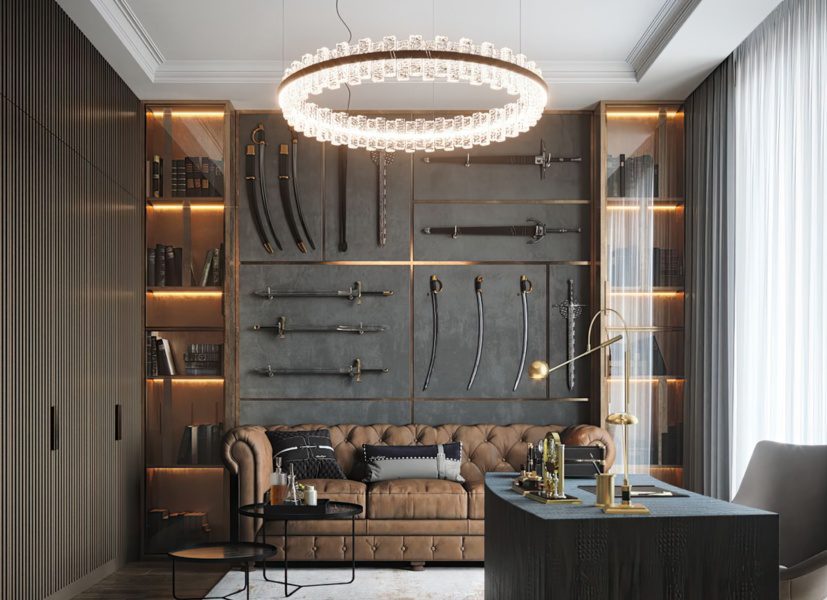
Even though it might not be the most common way to protect your home, a sword can still serve this purpose. Its appearance is intimidating and can work as a sure way to ward off intruders. Even a stainless steel decorative blade has successfully driven away armed robbers in the 21st century. The rules of sword ownership vary depending on which country you reside in, so it’s crucial to know these laws.
Reenactments and Cosplay
Cosplayers and people who like to act out historical events need swords. Whether you’re playing someone from a movie, book, anime, game, or historical period, a well-made sword can bring your costume to life and give your performance more realism and detail.
Artistic Interest & Metallurgy
The skill it takes to create a sword is nothing less than art. The intricate designs on a Damascus blade, the small details on a sword’s hilt, and the exquisite curve of a Scimitar all show how skilled and creative the swordsmiths were. Swords show how bladesmithing has improved over time. How swords were made, tempered, and decorated can tell us much about how people used certain metals throughout history.
Before You Start Your Sword Collection
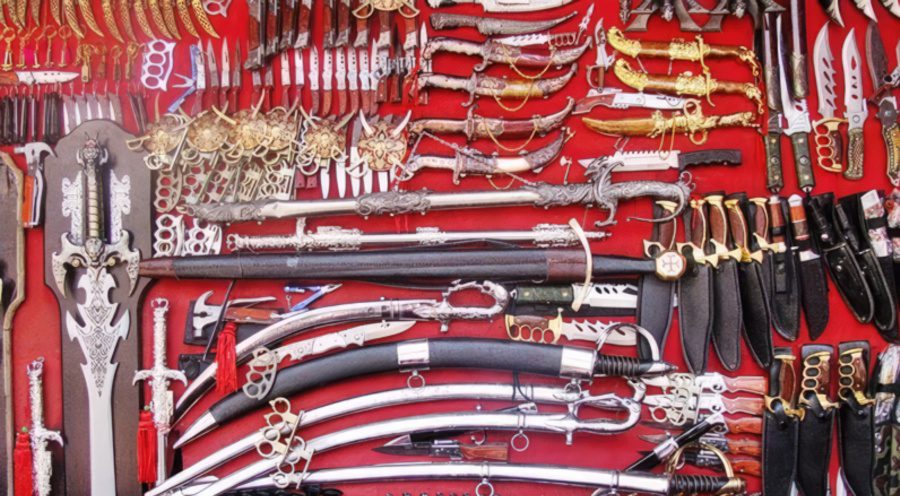
Before beginning your sword collection, there are a few factors that you should consider. Researching the sword you want to buy is key. Buying a double-edged Katana sword because it was marked as a Ninja weapon does not necessarily mean it is a true historical sword. Some reproductions of blades can have improper or flimsy parts, leading buyers to fall for a scam.
Where To Buy
Finding the right place to buy swords for your collection is very important. If you want to build a valuable collection, you need to ensure the pieces you buy are real and of good quality. Whether you choose specialized shops, auctions, or internet platforms, keep in mind that where you buy your sword can often determine the price of the weapon and its authenticity. Take the time to read reviews and research the reputation of the sword-producing company you are considering purchasing from.
Craftsmanship
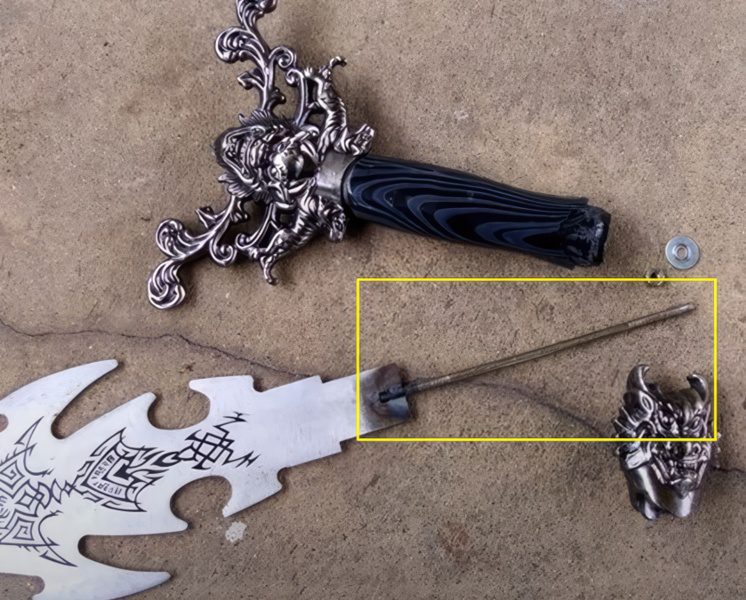
Craftsmanship is indeed the most important part of a collector’s sword. The blade’s form, symmetry, and details are important, as is its full-tang pommel construction, which gives it durability and balance. However, a sword’s hilt and guard are just as important. The choice of material, such as hardwood or metal, can greatly affect how the sword looks and can tell of the weapon’s historical accuracy.
Type of Steel
Many kinds of steel swords can be used to make a collection. It’s not just any sharp piece of metal that can cut. You could potentially lose money if you buy the wrong type of steel and use it for the wrong purpose. There is always a choice metal type for different blades. Here are the most popular types of steel.
- Decorative – Stainless Steel
- Functional – Carbon Steel
- Toughness – Tool Steel
- Flexibility – Spring Steel
Marketing Terms
Some sword makers use false marketing terms to sell their blades, leading naive buyers to be tricked into purchasing them, thinking they are superior to modern steel. The following is a list of some of those terms.
- Battle Ready – Claims the sword you’re willing to buy will be sharpened and functional for cutting or slashing.
- Hand-Forged – If you want a traditionally made steel blade, aim for a hand-forged one. It is not, however, any stronger or better looking than a modern one.
- Damascus Steel – A type of steel primarily made as a decorative blade thanks to the design. It is not the strongest steel and has limitations on what it can cut through.
- Tamahagane Steel – The Japanese iron dust that was turned into steel and used to create Samurai swords. It also isn’t stronger than modern steel, nor does it last for a lifetime.
- Folded Steel – Steel that is folded as the sword is created. It is neither stronger nor does it function better than modern high-carbon steel, but it can result in a more interesting visual pattern. Tamahagane and Damascus are examples of folded steel.
Budget
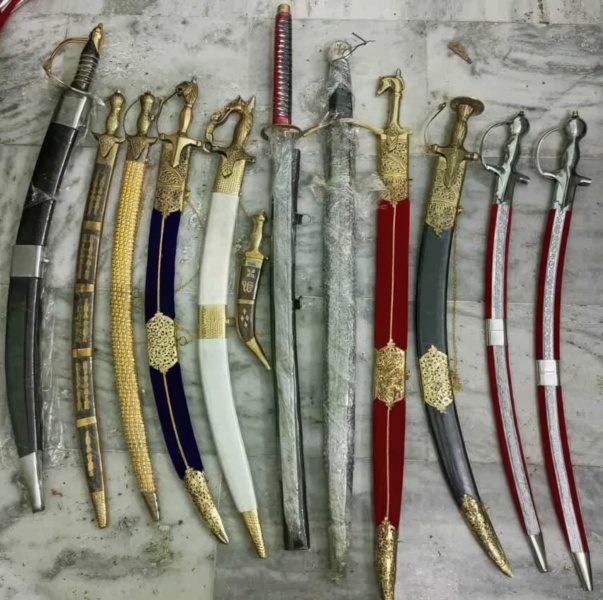
Putting a price on a sword depends on several things. The price is affected by the type of steel used, how well it was made, how much work was needed, and its purpose. A high-quality sword that took a lot of work and was made from high-quality steel will cost more. Check the average price for the blade and compare it to other swords on the market so you aren’t overcharged.
You don’t have to spend much money on your first sword to start your sword-collecting adventure. Start with a smaller budget of $150 to $250 USD. Consider whether you want to show off your sword or use it for cutting practice. This will help you determine what swords to look for in terms of style, quality, steel, and cost. With time you can advance to more expensive blades with stronger and more flexible steel or a special order for a blade pattern by ordering folded steel.
Stick to a few reputable sword makers to ensure quality and a fair price for the blades you plan to purchase. Be wary of marketing tricks and businesses selling cheap copies; this is especially true if you want to start a fantasy sword collection.
Before buying, you must take the time to do research. Know how a sword is put together by learning its different parts. Know how to use it, what makes it real, and how much it’s worth. Knowledge is your best defense against regrettable purchases.
Maintenance
Maintenance is a crucial part of owning a sword. Without proper care, even the best sword can deteriorate. Proper care includes regular cleaning, careful handling, and storing it inside scabbards and display cases. When you buy a sword, you must also plan for its upkeep. Some types of steel with lesser carbon percentages require less maintenance, however. A prime example is a stainless steel blade used for decoration because it is prone to less rust.
